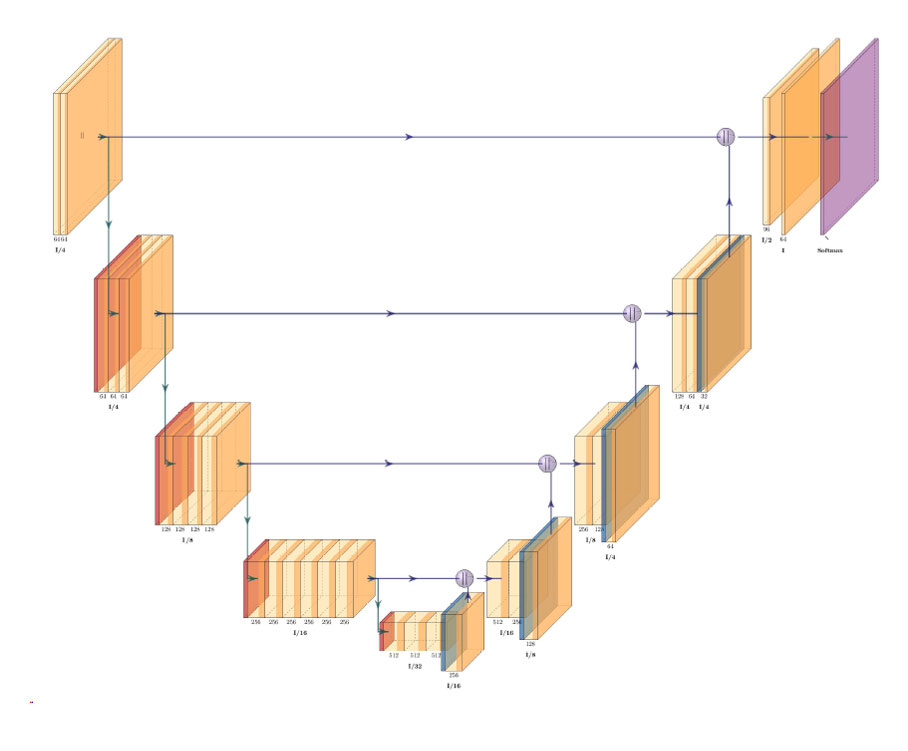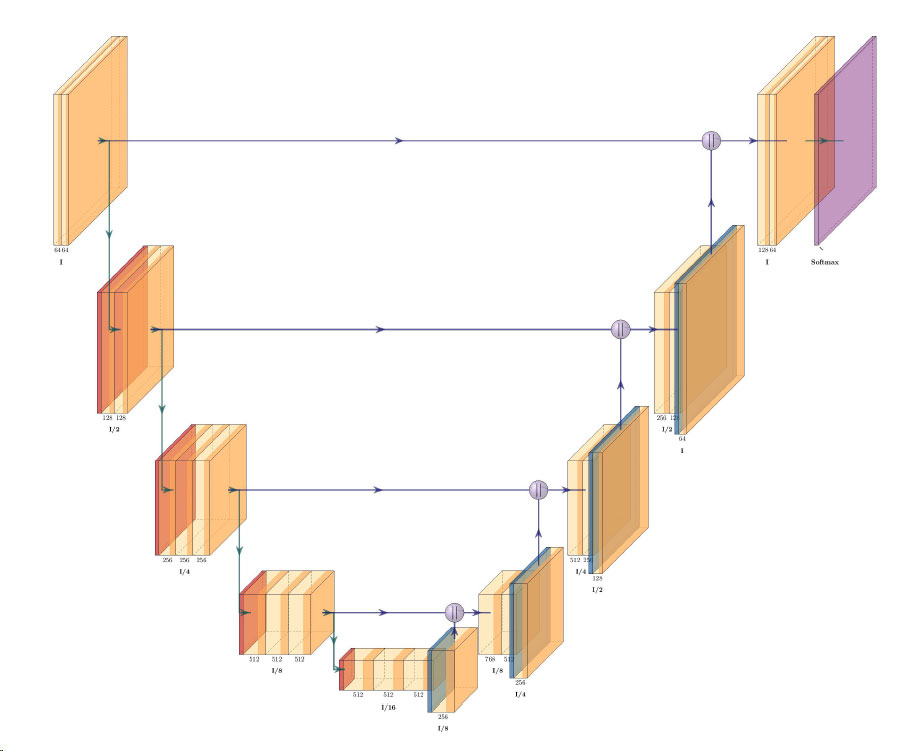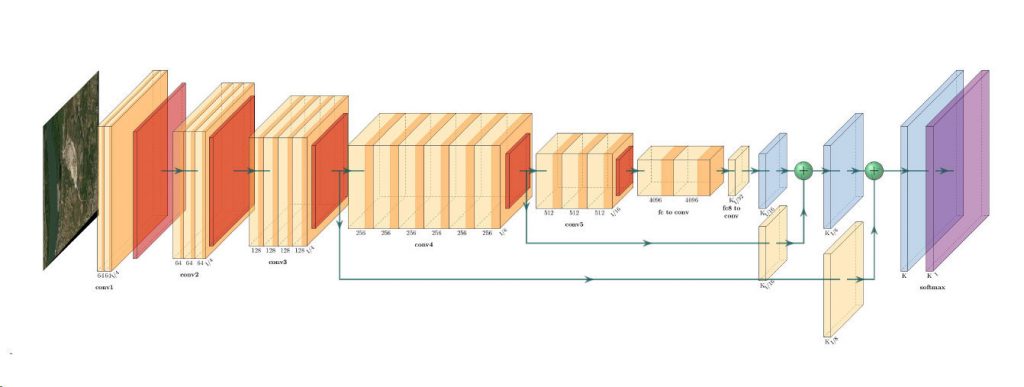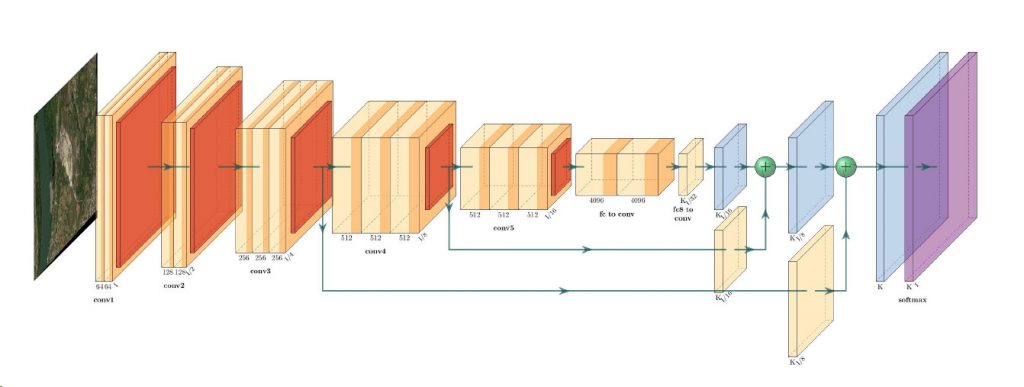AI Uses 15 cm Satellite Images to Cut Costs and Increase Scalability in Forest Management and Urban Forestry
- Zuzana Hajkova, Content Marketing Coordinator, EUSI
Forest managers across Europe face an impossible task: monitor millions of hectares with shrinking budgets while meeting increasingly strict EU environmental targets. But with the rise of AI and satellite technology, they now have new solutions at their disposal – smarter, cheaper, and more scalable – to monitor forest health, automate tree inventories, and plan sustainable logging. In this article, we introduce one of these solutions: an AI forestry algorithm developed by Arboair using 15 cm satellite data from EUSI.
- 50–70% cost reduction for municipalities compared to manual tree database creation
- up to 4,680 km2 in one satellite image
- tree-level insights such as tree height, crown diameter, or stem volume
- early detection of forest damage from storms, pests, and disease
Why 15 cm satellite images change everything
Until recently, satellite images weren’t detailed enough to see individual trees. That has changed. EUSI collects 30 cm resolution satellite imagery, which is then sharpened to 15 cm by a proprietary algorithm (read more about this process). You get a level of detail comparable to aerial surveys, but across entire regions and at a lower cost.
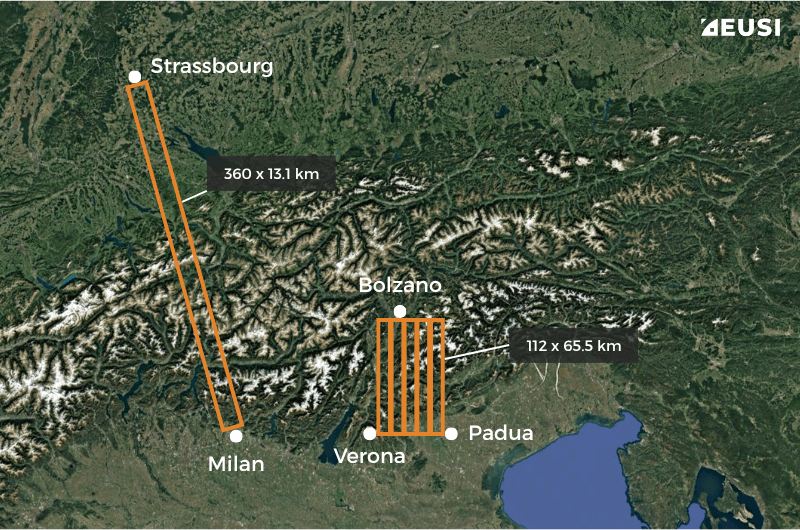
Large-scale collections can cover up to 4,700 km2 in a single strip, or 7,300 km2 if five strips are collected within one satellite pass.
“The detail visible in 15 cm resolution satellite images allows tree-level analysis that covers thousands of square kilometres, with consistent data you can update throughout the year.”
Nicole Enghuber, Earth Observation Support Specialist at EUSI
Real results: 50–70% cost savings for municipalities
The numbers speak for themselves. For example, in municipalities, traditional tree surveys cost approximately 15 EUR per tree and take 15 minutes of field time each. Using satellite analysis, that drops to 5 EUR per tree and 3 minutes of processing time. And more importantly, the data stays current. Instead of outdated inventories that are obsolete the moment they’re completed, satellite monitoring can provide regular updates throughout the year.
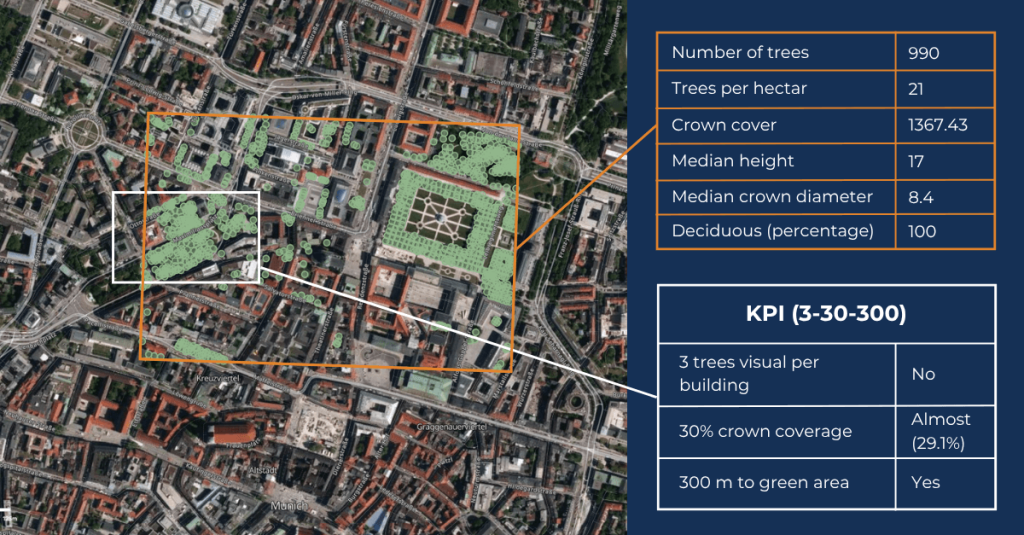
The 3-30-300 is a rule in green urban planning, saying that every resident should see at least 3 trees from their home, live in a neighbourhood with at least 30% canopy cover, and live within 300 metres of a green space. Meeting this goal is significantly associated with better mental health, less medication use, and fewer psychologist or psychiatrist visits.
Arboair’s innovative AI training approach using a game engine
The Swedish company Arboair developed an AI system that solves a major problem in satellite analysis: training data. Traditional AI training requires thousands of expensive satellite images, which is limiting for most organisations. But Arboair invented a new approach: “We ordered several 15 cm satellite images from EUSI and processed them in the Unreal Engine to create synthetic forests,” explains Jacob Hjalmarsson, the COO of Arboair. “When I tell people, sometimes they laugh because Unreal is a game engine. It’s the same software that powers video games like Hogwarts Legacy or Fortnite.”
With the Unreal Engine, Arboair was able to create artificial forests and use them to train the AI. This approach not only saves costs but also makes the AI better at recognising uncommon tree types or unusual forest conditions.
From space to your desktop: How does the technology work?
EUSI delivers very high resolution satellite imagery (15 cm HD) that makes it easy to see and analyse individual trees from space. We operate a ground station in Germany and downlink directly to Maxar satellites, which means we collect imagery quickly and consistently across the whole continent and provide data that is both detailed and at scale.
Arboair then transforms the data into actionable analytics, used by forest managers and municipalities to map urban canopies, plan sustainable harvest, or assess storm damage. Our imagery and Arboair’s solution give you the clarity and coverage needed to manage forests more efficiently, make smarter decisions, and support long-term forest resilience.
- New satellite imagery is collected by EUSI. In some cases, existing data can be used – if it’s of the right quality.
- Arboair processes the data to generate up-to-date ortho images of the forest and height models.
- The images and height maps are analysed by Arboair’s AI models to generate information about every tree and create operational maps and statistical data.
- The data is stored in a database that can be connected to your GIS software and management platform.
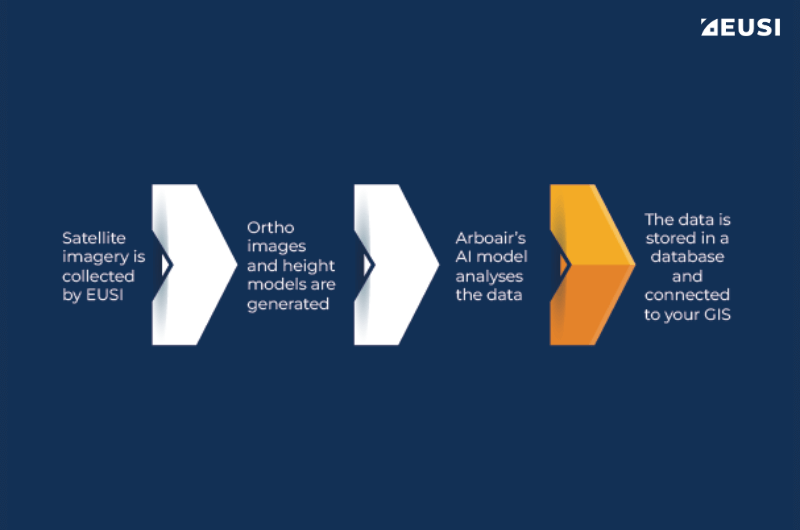
The process of EUSI–Arboair collaboration.
Four ways satellite analysis supports forest management
The EU is moving forward with major environmental targets, like planting three billion new trees by 2030 or requiring urban greening plans in every city with over 20,000 people. Meeting these goals isn’t easy, and it certainly requires more than tradition and experience. The following use cases show what’s now possible when forest decisions are based on satellite data.
“The EU aims to plant at least three billion additional trees by 2030, with a strong focus on the right tree in the right place.”
EU Forest Strategy for 2030
1. Ground classification: Better planting strategies
Arboair software, using EUSI’s 15 cm satellite imagery, maps existing tree types, moisture levels, and topography. The analysis allows forest managers to plant tree species that are better suited to the specific conditions. They can also use the data to identify areas prone to erosion or waterlogging and reduce the risk of failed plantations or the need for interventions later. The result is higher climate resilience, survival rates and long-term forest stability, as well as lower environmental risks and land degradation.
2. Tree-level inventories for urban and commercial forests
According to the EU Biodiversity Strategy for 2030, every city in the EU with over 20,000 inhabitants is expected to adopt an Urban Greening Plan. This includes planting more trees and urban forests, expanding parks, supporting green roofs, and restoring rivers. Arboair’s software analyses individual trees to measure height, crown diameter, and stem volume directly from satellite images. Forestry professionals gain a practical way to:
- monitor tree growth
- assess health
- plan maintenance
- track canopy equity
… without sending crews into the field. On larger scales, this data is a tool to track carbon sequestration and biodiversity, supporting environmental compliance and long-term planning.
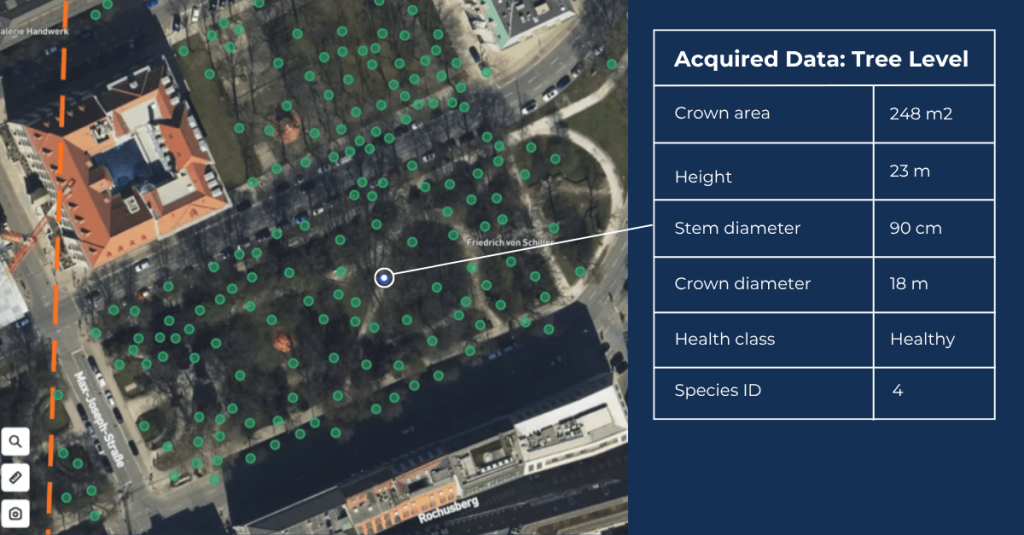
Arboair’s AI analyses 15 cm satellite imagery to provide details about individual trees.
3. Early detection of forest damage
The AI identifies forest damage from storms, pests, diseases, or illegal logging. How? “In 15 cm resolution satellite images, the programme detects subtle changes in tree health, for example discoloration or defoliation,” explains Nicole Enghuber (EUSI). “If forestry managers identify these damages early, they save time, reduce losses, and protect timber resources,” adds Jacob Hjalmarsson (Arboair). Early detection means fast intervention, which translates to higher forest resilience and lower restoration costs.

Forest AI analysis reveals tree damage from storms, pests, diseases or illegal logging.
4. Harvest optimisation for sustainable logging
Over-harvesting, under-harvesting, or logging the wrong trees threatens long-term forest health and biodiversity. But how can forestry managers make sure they meet economic needs without hurting the trees? With the very high resolution satellite data used in the Arboair algorithm, they accurately estimate stem volume, tree diameter, and species distribution so that only selected mature trees are harvested. That way, the forest maintains the mix of species, age classes, and structural diversity that it needs to thrive whilst meeting economic objectives.
Why optimal harvesting matters:
- Over-harvesting disrupts habitats and leads to the loss of biodiversity, causes erosion of the soil, and breaches sustainability standards.
- Under-harvesting causes overcrowded forests with weaker young trees, increases the risk of older trees developing defects, and heightens the likelihood and intensity of wildfires.
- Harvesting the wrong trees is an inefficient use of resources, disrupts forest structure, and damages biodiversity.
💡 A study found that four-species mixtures accumulate an average of 29% more wood volume than monocultures.
Tree analysis for legal compliance
Under the revised LULUCF Regulation, Member States are required to ensure forest harvesting levels remain within the boundaries of long-term carbon sink capacity (Proposal for a Regulation COM(2021) 554). The analysis of satellite data gives forest managers the necessary information to comply with legal standards and third-party certifications like FSC or PEFC. When audits come, you’re ready.
“Satellite remote sensing plays a crucial role in monitoring and reporting Land Use, Land-Use Change, and Forestry (LULUCF) activities, which are essential for understanding and managing greenhouse gas emissions and removals related to land management.”
Anica Huck, Senior Government Affairs Manager at EUSI
Implementation and limitations
The implementation is fast and easy; getting started takes weeks, not months. The software integrates with existing planning or asset management systems, and results come in familiar formats – GIS layers, reports, and dashboards that don’t require advanced technical expertise to use.
Satellite data doesn’t replace fieldwork entirely, but it dramatically reduces the need for manual data collection. Satellite imagery is a cost-effective way to monitor large areas regularly and identify where field checks are actually needed. This makes on-the-ground work more targeted and efficient, focusing human expertise where it adds the most value.
FAQ (Frequently Asked Questions)
What is the advantage of using 15 cm satellite imagery in forestry?
15 cm satellite images give you a level of detail that was previously only possible through an aerial survey or field work, but at a much larger scale. You can see individual trees, track their growth, and detect early signs of stress – across whole regions or even countries.
How does synthetic data improve AI for forest analysis?
Training AI models usually requires huge amounts of labelled imagery, which is expensive and time-consuming to collect. Arboair uses synthetic forest data generated in a game engine to simulate different tree types and conditions. This makes the AI more flexible, better at recognising rare features, and faster to train.
What can tree-level satellite data track?
Satellite images at 15 cm resolution can measure tree species, health, height, crown diameter, stem volume, and tree damage. You can also monitor changes over time, which is useful for inventory, carbon accounting, and biodiversity planning.
How does this system reduce forestry costs?
By replacing manual surveys and reducing the need for aerial data collection, Arboair cuts both time and labour. For municipalities in particular, the cost savings for building or updating a tree database reach 50–70%.
How often can satellite images be collected for a given area?
This depends on the location and priority of the project. For most areas in Europe, it’s possible to get frequent and timely updates, especially during the growing season – typically every few days.
Can this solution distinguish between different tree species?
Yes. Arboair’s AI uses both spectral and spatial patterns in the imagery to identify differences between tree types. While results vary depending on species diversity and resolution, the software is designed to classify common species and highlight areas for further field validation if needed.
Is this system compliant with EU environmental and forestry regulations?
Yes. The system supports several EU policy goals, including the EU Forest Strategy for 2030, the Biodiversity Strategy, and the LULUCF Regulation. By providing transparent, repeatable, and high-resolution data, it helps users meet monitoring and reporting requirements.
Can this be used in urban parks and smaller green spaces too?
Absolutely. One of the strengths of 15 cm imagery is its ability to map individual trees, making it especially useful for urban forestry, city parks, or roadways.
Explore satellite solutions for your region
If you’re ready to explore ways to improve how your organisation monitors forests or manages green spaces, satellite-based intelligence could be the solution. We’d be happy to discuss how high-resolution imagery and AI analysis can support your work. Get in touch with EUSI to explore what’s possible in your region or project area.
Related Stories
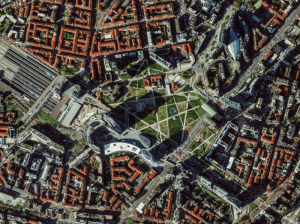
Europe’s Green and Digital Transformations with 25 Years of VHR Satellite Archive Data
Planning Europe’s future without knowing its past is impossible. The European Green Deal, Horizon Europe, the EU Biodiversity Strategy for 2030 and other policies all demand one thing: evidence. Not just today’s data, but years of history that show how our cities, forests, and coastlines have changed.
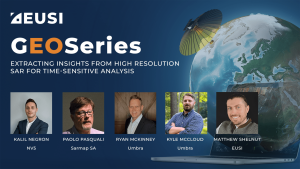
GEOSeries: Extracting Insights From High Resolution SAR Imagery for Time-Sensitive Analysis
In this webinar, industry experts and advanced users of Umbra SAR data showcase how they transform SAR imagery into actionable insights in real-world mapping, monitoring and intelligence applications. See how NV5 and Umbra leverage ENVI SAR Essentials for advanced processing with time-efficient results, converting analytics into valuable intelligence.
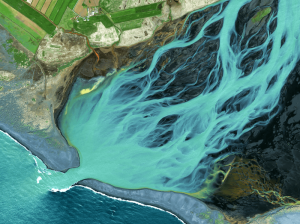
Using Satellite Imagery to Build Water Resilience Across Europe
Water across Europe is facing severe pressure. Climate change, urbanisation, agricultural demands and other sources of pollution are threatening water security and creating critical challenges that need to be addressed. We have to act quickly, build stronger systems and create sustainable water resilience practices – so that both natural ecosystems and human communities can thrive. Here is how satellite imagery from EUSI can help.
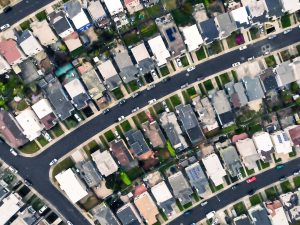
EUSI and Albedo Partner to Deliver 10 cm Resolution Satellite Imagery to Europe
It is our pleasure to announce the partnership with Albedo, a builder of high-performance spacecraft and the first satellite designed to operate commercially in VLEO (Very Low Earth Orbit). This partnership will bring the world’s highest resolution satellite imagery to the European and North African market.


